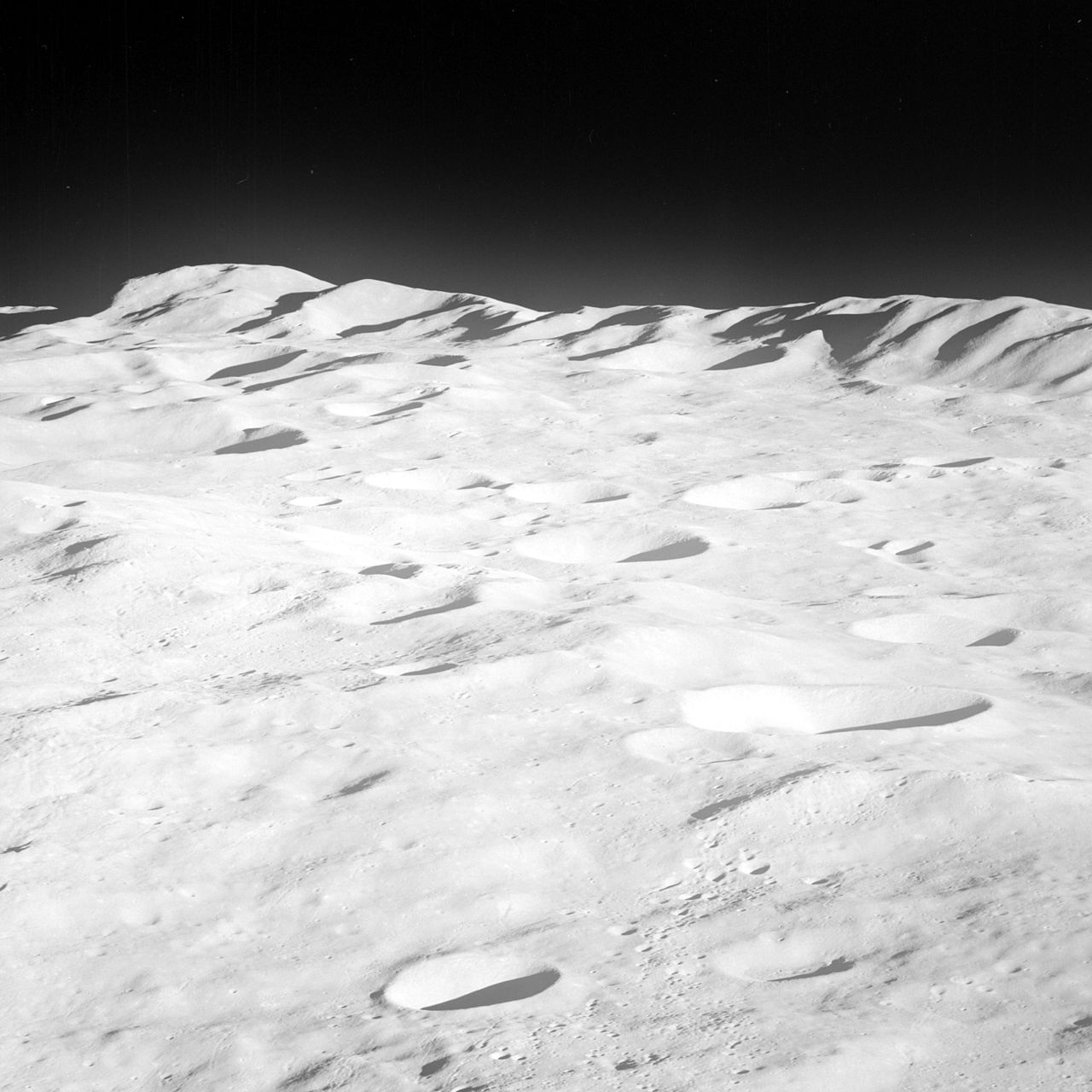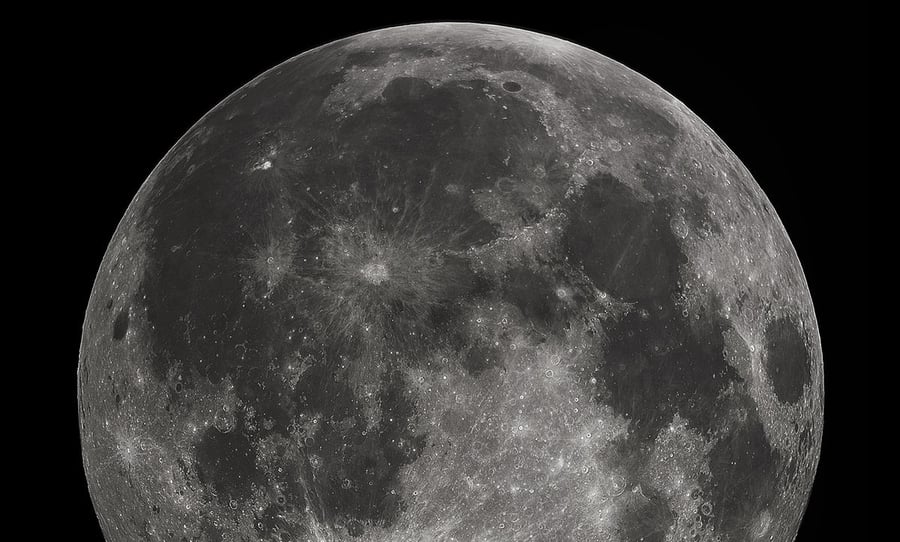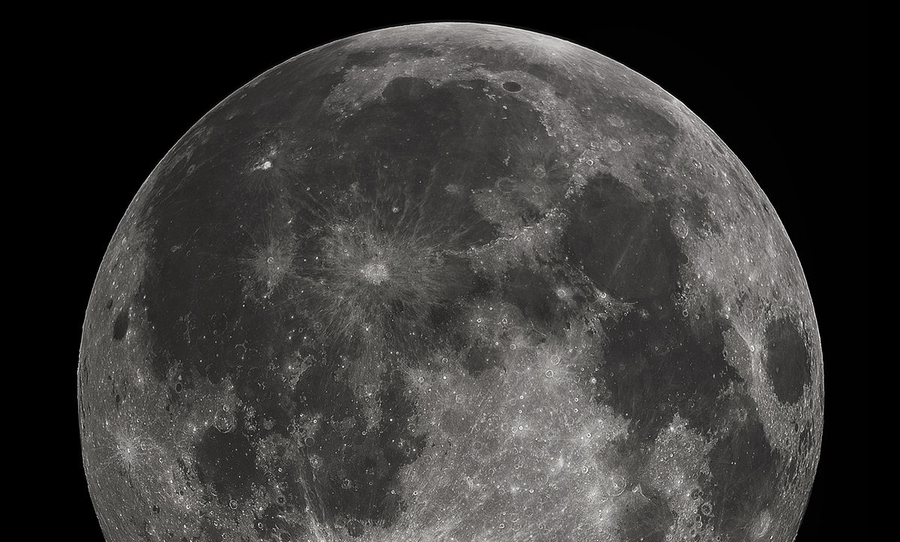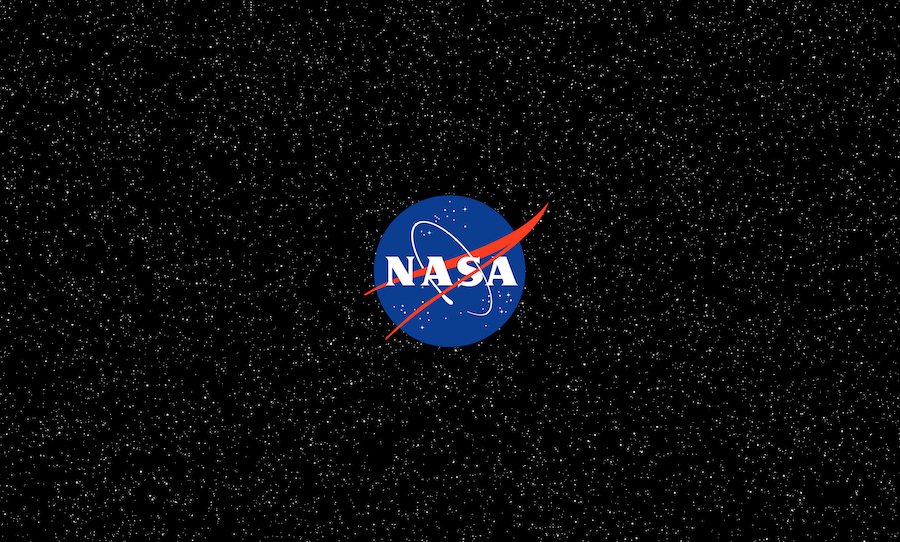A new report from Brown University has discovered “evidence of seismic activity” due to strange spots scattered across the moon.
Scientists propose the largest, oldest, and deepest impact crater recognized on the Moon – the South Pole-Aitken basin – could have shaken the moon to its core.
Geologists have found activity on the near side of the moon – more activity, perhaps, than many quarantined individuals have exhibited in weeks.
The observance of rocks and boulders on the moon’s surface suggests the recent movement of tectonic plates.
“There’s this assumption that the Moon is long dead, but we keep finding that that’s not the case,” says planetary geologist Peter Schultz of Brown University.
“From this paper it appears that the Moon may still be creaking and cracking – potentially in the present day – and we can see the evidence on these ridges.”
Then again, tectonic movement isn’t a new concept. Seismometers set up by Apollo astronauts decades ago show weak moonquakes far below the surface.

The shallow moonquakes prove hard for scientists to comprehend because the moon doesn’t have tectonic plates like the ones found on Earth.
The recent study identifies over 500 patches of exposed bedrock formed into a pattern over the moon’s surface. These patterns matched patches of deep, ancient cracks found in 2014.
“It’s almost a one-to-one correlation,” Schultz said. “That makes us think that what we’re seeing is an ongoing process driven by things happening in the Moon’s interior.”
The paper rules out global cooling or tidal stress from the Earth as reasons for the activity, as previously hypothesized. New findings suggest the ridges are still surging upward.
The combination of ridges and magma-filled cracks point towards the South Pole–Aitken basin as a culprit. In this model, the collision of the basin is thought to have produced the system of active magma-filled cracks and rising ridges.
“Giant impacts have long lasting effects,” Schultz said. “The Moon has a long memory. What we’re seeing on the surface today is testimony to its long memory and secrets it still holds.”
Read next: This asteroid looks like a blunt




